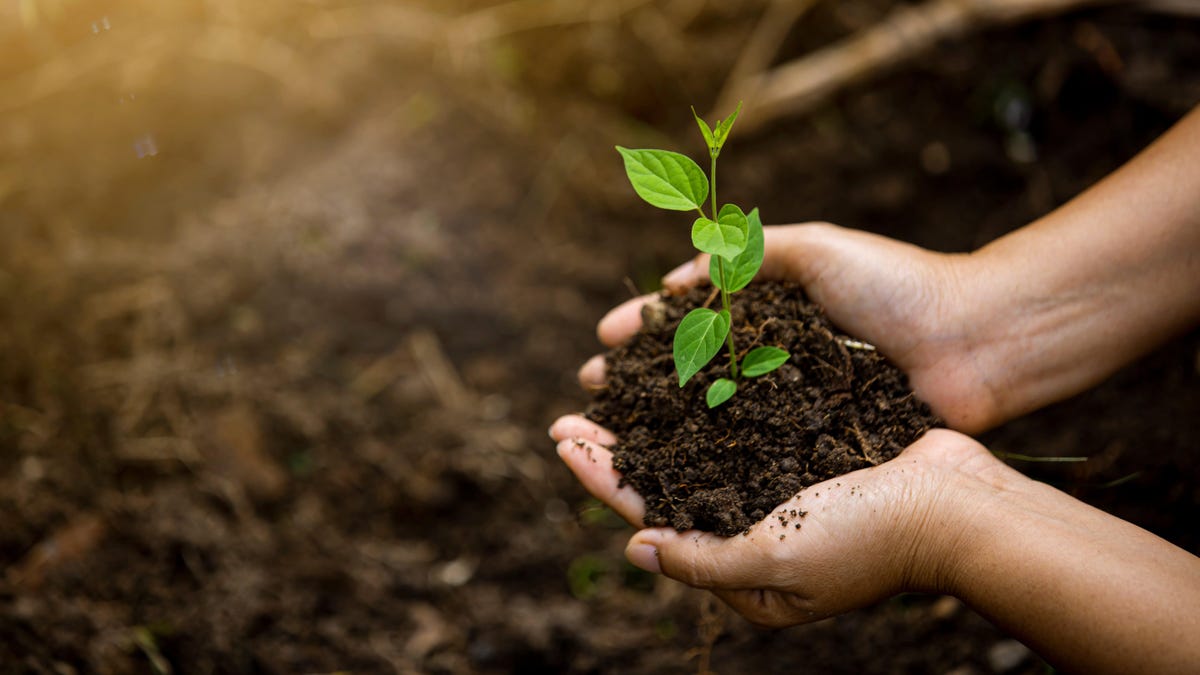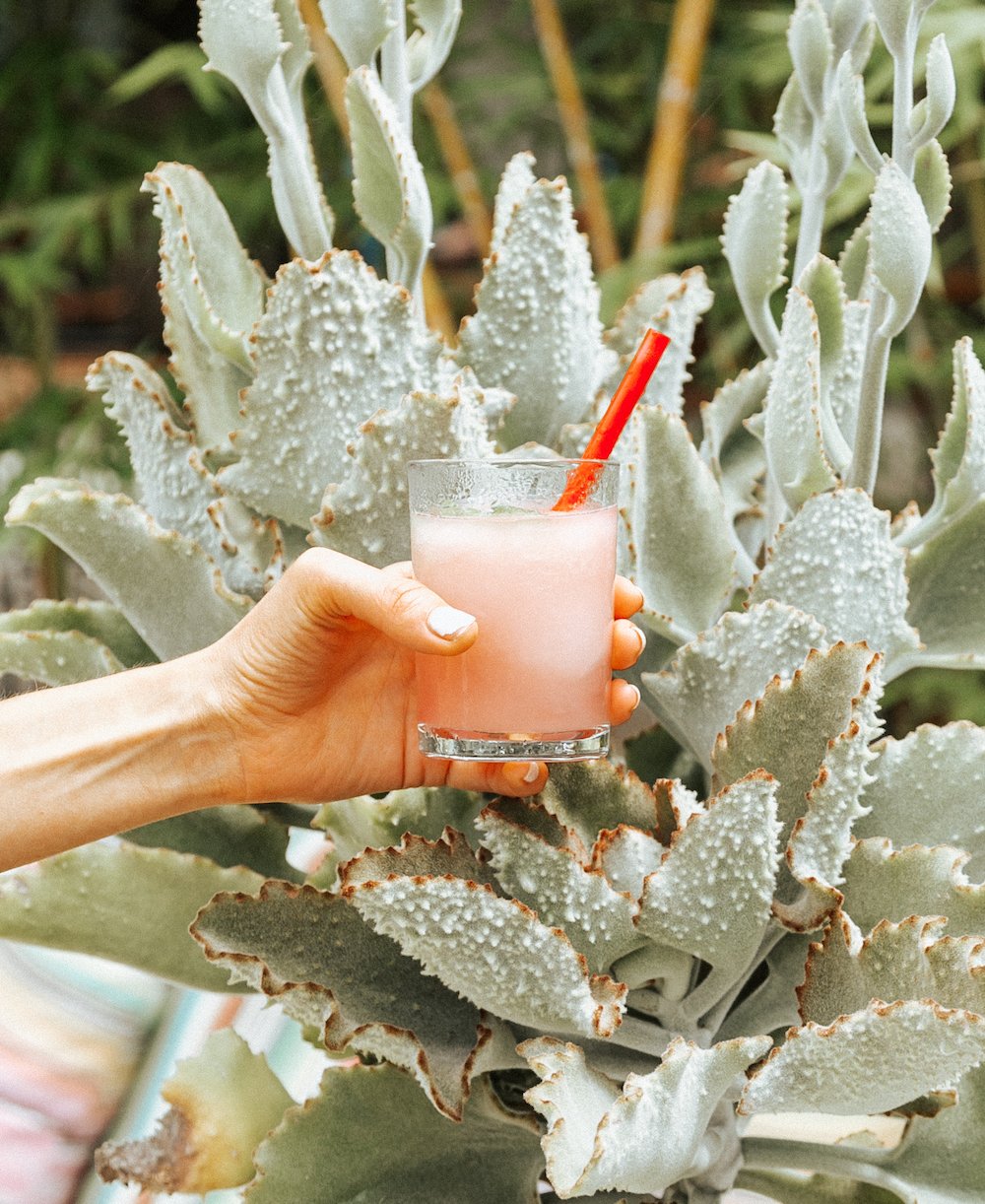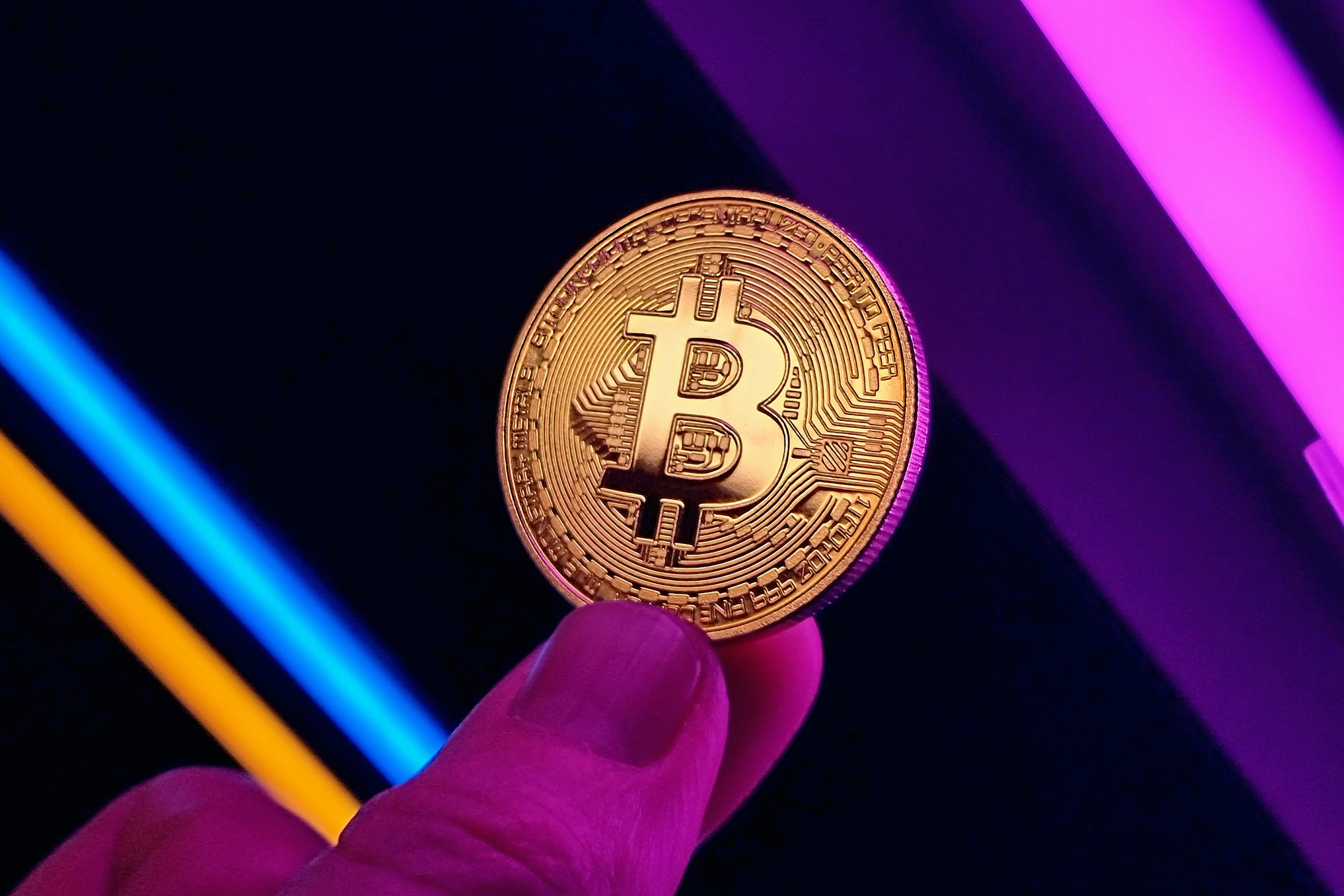You Should Have Your Body Composted When You Die
You’re going to die one day. The end of your life is coming and you may not know how, when, or why it will happen, but you can be certain it will. While that’ll be the end for you,...


Photo: maeching chaiwongwatthana (Shutterstock)
You’re going to die one day. The end of your life is coming and you may not know how, when, or why it will happen, but you can be certain it will. While that’ll be the end for you, your death can be the beginning of life for any number of other organisms. The world will always continue on, but your death can help it do that. While you can contribute to medical advancement by donating your body to science or, at the very least, forego a formaldehyde-enabled burial, you have even more sustainable options that can help the planet pretty quickly and efficiently.
Consider composting or alkaline hydrolysis, for instance, which can turn your body into soil or a completely organic liquid, respectively. Here’s what you need to know.
Why should you think about sustainability when planning for your death?
Even after you’re gone, the planet will keep spinning—and your friends, family members, and loved ones will continue to live on it. Sure, what happens to your body won’t matter to you, since you’ll be dead and all, but think about them.
Traditional options, like cremation and burial, are fine. Don’t feel bad about using the limited options that have been given to you. That being said, cremation takes about 30 gallons of fuel to incinerate a body for 90 minutes at 1600°F, then blows out greenhouse gas and leaves behind charred carbon. Embalming relies on chemicals, and your casket will be placed in a hole that is reinforced with valuable resources. These aren’t excellent options for the environment.
“What’s happening is we’re really doing a lot of polluting out there,” said Elizabeth Fournier, author of The Green Burial Guidebook. “We are burying people in the soil who have toxic chemicals inside them such as embalming fluid, or burying steel or bearing metal. Not only are these fantastic resources, but they’re kind of clogging up the works there. Same thing with cremation: We’re putting whatever is in our body out into the ozone layer.”
Micah Truman, CEO of Return Home Human Composting, advises considering that if you are cremated, the release of gases and use of fuel will be “the last thing you do on this planet.” Think about what you want your real final action to be. Wouldn’t it be wonderful if the very last thing you ever did was give back to the environment, so it could continue to nurture the ones you leave behind?
How do these sustainable options work?
Fournier pointed out that burials at sea are legal in all 50 states, but you have options beyond that (which is good news if you lived in a landlocked area). Let’s talk about natural organic reduction, or NOR.
Truman’s company provides just one of the options for people looking to commit to sustainability right up to—and after—the end. Return Home is based out of Washington, where these green burial processes are legal. They’re legal in Oregon and Colorado, too, though that legality won’t go into effect in Oregon until later this summer. (Fournier, who owns Cornerstone Funeral Services in the state, is on the board of individuals helping set up the guidelines.) Both of them pointed out that the movement toward legalization of these types of solutions is moving quickly: Maine, Illinois, Massachusetts, and New York are among the states that are in different stages of debate.
Fournier and Truman broke down the composting process. What you need to know is the body is placed into a vessel with organic materials. Fournier described how the vessel can be rocked by hand and needs to heat to a temperature of about 160-165 degrees Fahrenheit to accelerate the natural breakdown.
Truman said his Terramation process takes 60 days. In the first month, the decedent’s body is placed in a vessel surrounded by organic material. The process of turning that body to soil is aerobic, meaning it uses oxygen in addition to the body’s microbes.
“The things that digest the food we eat are also there to transform us,” Truman said. “We’re meant to go back to the Earth.”
After 30 days, the body is fully transformed into soil, leaving bones behind. The bones are reduced, the material is transferred to a smaller container, and it sits for another 30 days. All in all, this requires 90% less energy inputs than cremation. (You can see how this works in action on Return Home’s TikTok, which has amassed millions of views in its goal of being transparent about the process.)
The result is about 400 pounds of soil. A decedent’s family can take as much or as little of that soil as they want and the companies that provide these services have spaces where they can put the rest. From there, the soil—which Truman said should be used sparingly because it’s so nutritionally dense—can be used to grow new plants. Testing of the soil, he said, has revealed no “toxic indicators of concern,” which is a fancy way of saying it’s safe.
“This is the stuff of life,” he said. “This is what grows our Earth back.”
Following legal guidelines for the transportation of a corpse across state lines, a body can even be sent to the companies that provide NOR services, then have the sustainable remains returned to your family, wherever they are. Fournier did caution, however, that when considering a green burial, you should take into account how much fuel will be required to get the body across state lines, whether in a plane or a vehicle: “That’s a lot of resources to get you someplace to be composted.”
Alkaline hydrolysis, too, is sustainable, though Truman warned “the optics are a little difficult.” The body is put in a sealed, pressurized vessel and, essentially, pressure cooked until it becomes a completely organic liquid that can be poured away.
What can you do while you’re still alive and kicking?
You can help with this movement toward sustainable burials right now, too.
“If anybody has interest in these things, they should learn about them,” Fournier said. “We believe we have these limited options, that we just have what our parents had or our grandparents had or our neighbor had, but there’s tons of options out there. If you talk with your local funeral parlor and don’t feel like you’re getting anywhere, make another call to another funeral parlor.”
You can get involved in the legal fight, too. Fournier pointed out that there can be opposition to NOR—from heavy hitters like the Catholic church, for instance—but likeminded people can get together and make significant progress.
“Death is hard,” Fournier said, “and it’s really hard to lose somebody. If you can do all these things and actually give back to the Earth, it is pretty darn good of a situation.”

 MikeTyes
MikeTyes 
































